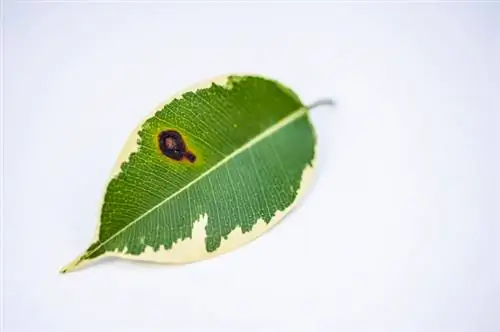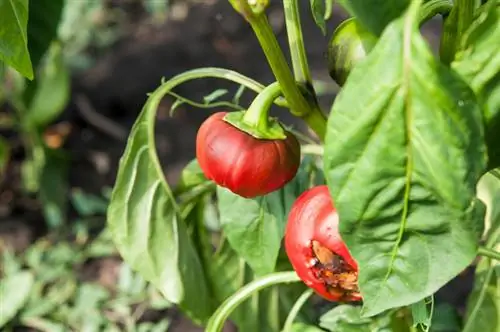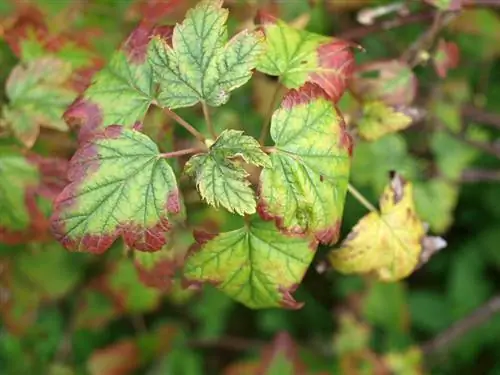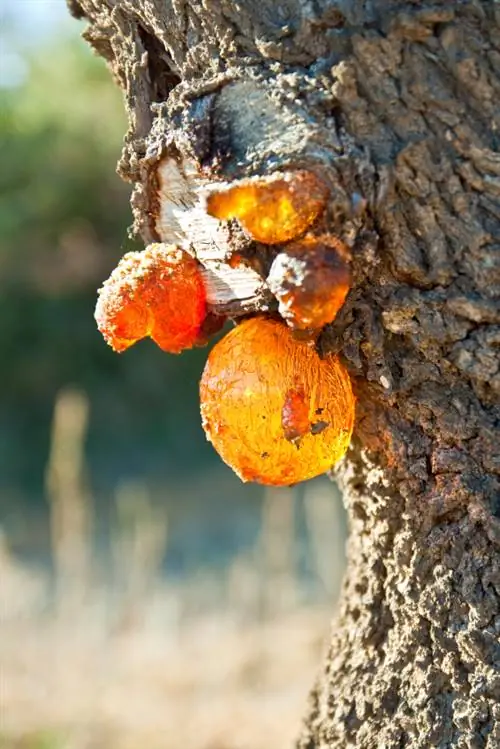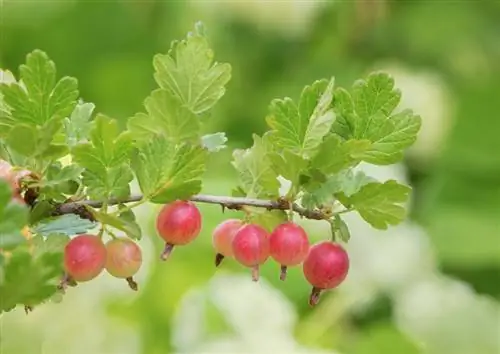- Author admin [email protected].
- Public 2023-12-16 16:46.
- Last modified 2025-06-01 06:02.
The birch fig is well-armed against pathogens thanks to its robust constitution and its poisonous plant sap. If problems arise, such as leaf damage or leaf loss, neglect in care is usually responsible. This overview shows which symptoms of illness can occur in your Benjamini.
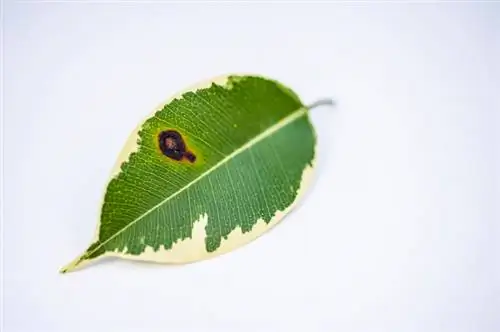
What diseases can occur in Ficus Benjamini?
Ficus Benjamini can suffer leaf damage due to care errors such as temperature fluctuations, location changes, drafts and incorrect watering. Diseases caused by infection are rare but can include powdery mildew, leaf spot or bacterial canker. Fungicide treatment and quarantine are important to prevent spread.
Illnesses caused by care errors - indications and triggers
Most of the time, apparent symptoms of illness cannot be traced back to pathogenic agents, such as bacteria, viruses or fungal spores. Rather, your birch fig reacts to mistakes in care, as the following overview shows.
Shedding of green leaves
- Abrupt temperature fluctuations
- Change of location with changed lighting conditions
- Cold draft, draft from the open window
- Dry heating air
Yellow leaves
- Waterlogging
- Ball dryness
- Lack of light
- Hard watering water
Please avoid changing location unless it is unavoidable. In order for the birch fig to remain he althy, temperatures must not fall below 16 degrees Celsius. During wintering, spray the leaves regularly with soft water. Please follow a watering schedule that guarantees a consistently moist substrate, without wet feet or parched soil. The use of low-lime water is the gardener's top priority when caring for a birch fig.
Illnesses resulting from infections - signs and causes
Despite the best care, the birch fig is not always immune to infections. We have compiled a list of common diseases in indoor culture for you here:
- Yellow spots of 3 mm gradually converge: leaf spot (Septoria)
- Green spots on the underside of the leaves, corky adhesions on the upper side: bacterial cancer
- Root rot: Verticillium wilt and other fungal pathogens
- White coating on the top and bottom of the foliage: powdery mildew
Classic home remedies are usually ineffective as a combat strategy against pathogens. Various fungicides are available for use in private ornamental gardens, such as Duaxo Universal Mushroom-free (€17.00 at Amazon) from Compo or Fungisan from Neudorff. To prevent a disease from spreading to other plants in living rooms or on the balcony, the birch fig should be quarantined during treatment.
Tip
Sticky leaves are not a symptom of disease. Behind this phenomenon are sucking pests that settle on the top and bottom of the foliage. Aphids, scale insects and the like excrete honeydew, which appears as a black, sticky coating. By combating the pests with home remedies or systemic insecticides, the resinous patina will also disappear.

